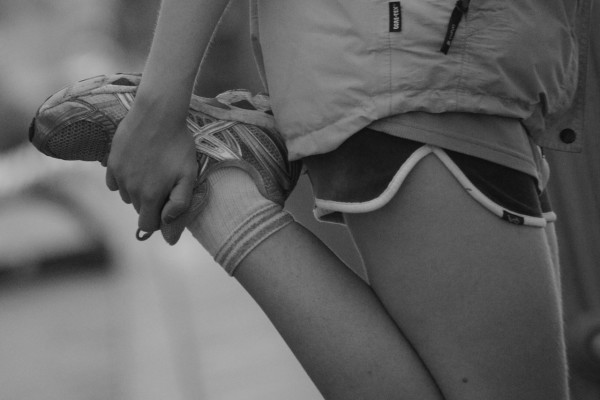Summer is a great time for physical activity because the weather is warmer and people generally have more free time. However, with increased activity comes a higher risk of injuries, such as a groin strain, if you don’t adequately stretch and prepare your body. A groin strain is a tear in one or more of your five groin muscles, which aid in leg movement. These groin muscles, also known as adductor muscles, are located between your abdomen and thigh.
A groin strain occurs when you apply too much stress on your groin and thigh muscles. This type of injury most commonly affects athletes who exert their speed to jump and change direction frequently by running. For example, soccer, football, and hockey players are especially at risk. With a torn groin muscle, you’ll initially feel a popping sensation followed by pain and tenderness in the groin area. Afterward, it’ll be a struggle to perform basic movements like closing the legs together or taking a step forward by raising your knees.
Image Source: Philipp Nemenz
A groin strain is characterized by three grades, depending on the severity of the tear. A grade 1 sprain corresponds to a minor tear with minimal loss of movement that progresses to grade 2 and grade 3, corresponding with an increase in tearing, in pain and in limited range of motion. Luckily, most groin strains will heal on their own. To supplement recovery, steps you can take are following RICE (rest, ice, compression, and elevation), taking anti-inflammatory and pain medications, and performing stretching exercises to build up your groin strength.
To prevent injuring your groin, you should warm up and stretch your leg muscles before engaging in physical activity. The logic behind this is that with an increased body temperature comes a lower risk of injury. Wearing well-fitted shoes with adequate support is also key to avoid awkward strains. Lastly, acknowledging the limits of your body is important so you don’t over-stress your body or continue to play through pain. Summer is a great time to stay active, and as long as you know the facts of any potential injuries and how to prevent them, you’re good to go!
Feature Image Source: Ben_Kerckx










